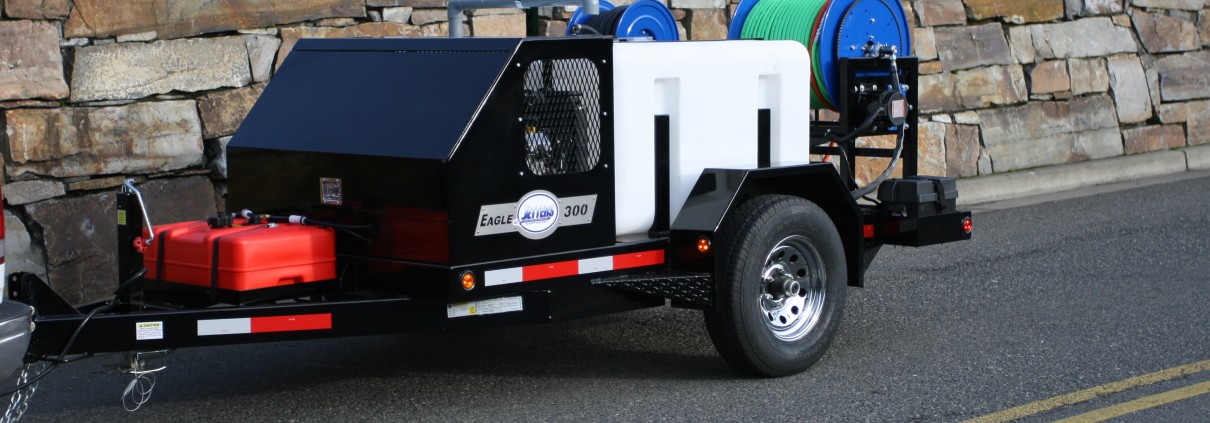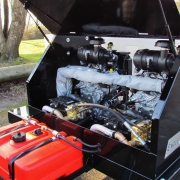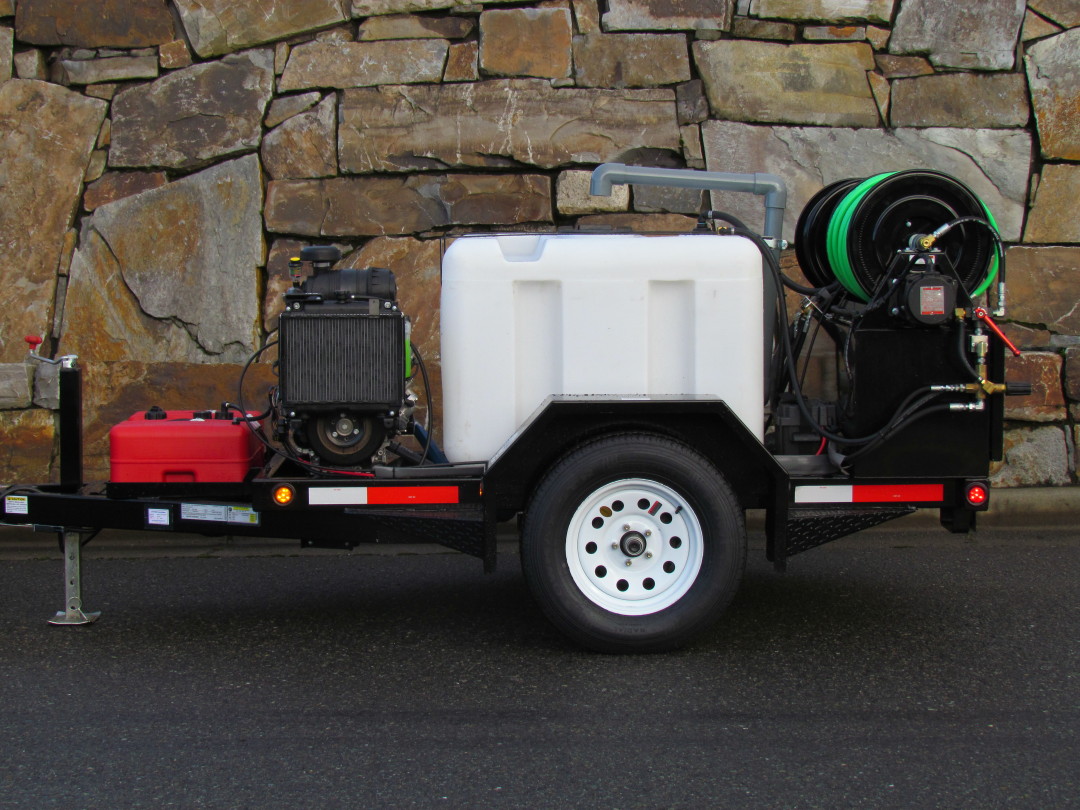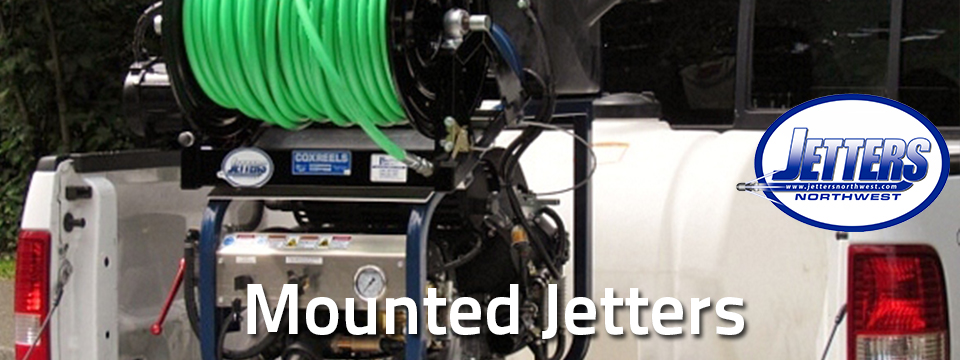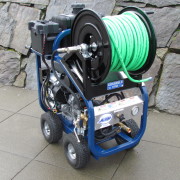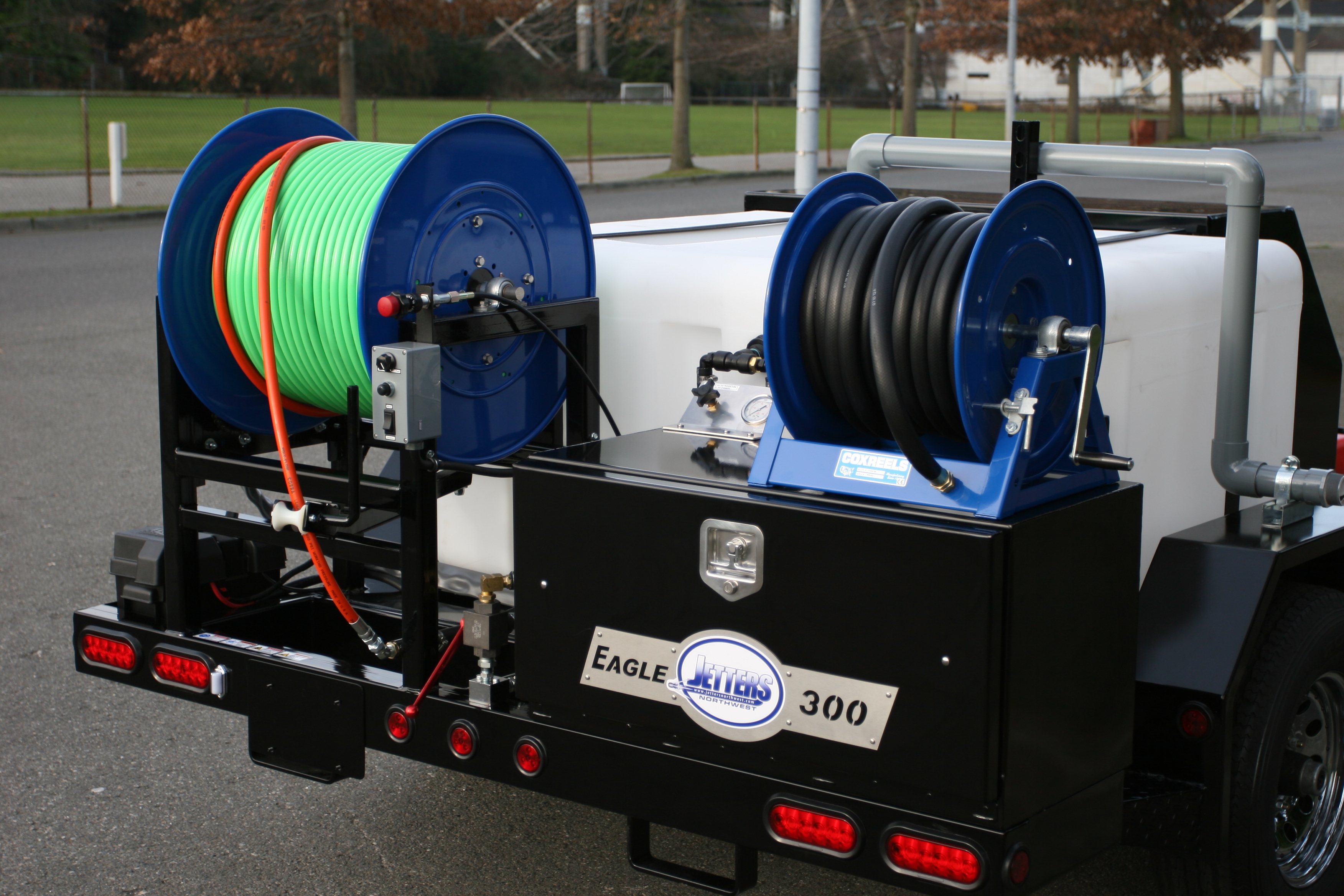Jetter troubleshooting: A lesson in symptoms
Author: John McBride
OK, so we’re not the new guys on the block anymore (not that we ever were). Jetters Northwest is part of a 63 year old high pressure cleaning equipment company. A lot people think we are new to the jetting industry, but we have been manufacturing Jetters now for over 10 years and started the Jetters Northwest Brand in 2007.
With over 10 years’ worth of Jetters Northwest equipment working for our customers, we get calls weekly from equipment operators needing help with basic troubleshooting. While the following tips and steps are written around Jetters Northwest equipment, they can be applied to any high pressure cleaning system.
Common Problem – Low Pressure
Lets begin with a little theory…that’s where good troubleshooting starts, with a basic understanding of how systems work.
First, pumps don’t “create” pressure or somehow “pressurize water”. Pressure happens as a result of forcing water through a restriction (your jetter nozzle). The pumps job is to create a fixed water flow, measured as gallons per minute (GPM) regardless of what restriction (nozzle) is on the end of the hose. Therefore, if you have the right nozzle and a low pressure problem, the root of the problem is lower than normal GPM at the nozzle.
Start with basic checks like checking the oil, cleaning the strainer and making sure there is enough water in the tank. Next, check the nozzle, make sure you have a nozzle that is properly sized and not worn out. Less restriction = low pressure. Try running the jetter with multiple nozzles starting with the nozzles that came with the jetter, these are the ones that are most likely to be the right size. Avoid using spinning or specialty nozzles for troubleshooting, these can provide inconsistent results and can wear or fail in more place.
Next, check your normal running adjustments like unloader setting and engine speed. Make sure you are running at full throttle and that your unloader is adjusted to the right setting. Try to adjust the unloader to increase pressure, if the adjustment isn’t changing the reading on the gauge, STOP. We don’t want to over tighten the unloader. This could result in excess pressure if restriction is introduced (like closing a valve). Even equipment that will not reach pressure with a nozzle can spike to the max unloader setting with the closing of a valve or a low flow nozzle (increased restriction).
Low pressure however is not always the pumps fault, so first we check out what we can look at visually without removing any parts. A quick look into the tank near the return hose when the unit is running will tell you if your problem is pump related, or in the pressure controls. Make this visual check with; 1) the nozzle installed and inserted securely and safely into a drain. 2) flow control handle “up” and 3) the unit operating at full RPM (how you would normally be jetting).
Water IS returning to my tank, what do I do now?
We’ve determined that water is returning to the tank and the pressure being low tells us that it’s not supposed to be.
Jetters Northwest units have 3 different control parts that will send water back to the tank potentially causing low pressure; the unloader valve, the flow control (or 3-way valve) and the pulse valve.
All return/bypass lines from these valves are low pressure rubber hoses secured with screw type clamps. Start by removing 1 end if each of these hoses in a manner that allows you to observe which component is the cause of the water return.
- The unloader valve when working properly directs water to the nozzle until the setting is reached and then dumps the excess back to the tank.
- The 3-way flow control will bypass completely when the handle is down and not at all when the handle is up.
- The Pulse control will not bypass when closed, and bypass will increase as it is opened (also creating hose vibration)
Replace the part that IS NOT working as described.
Water IS NOT returning to my tank, what do I do?
If water is not returning to your tank the low pressure is being caused by low pump GPM. Start by double-checking the inlet strainer and engine RPM. Advanced troubleshooting may require a tachometer to ensure engine RPM is proper, in most cases about 3550 RPM under load.
I always prefer to start checking things I can look at visually and fix with no parts or cost. Look for loose fittings on the suction side or leaks on the discharge. Fix those first. Leaks on the pumps inlet may allow air to be introduced to the pump creating rough running and low/inconsistent pressure. Leaks on the discharge or high pressure side will lower pressure also.
Troubleshoot the pump.
After ruling out the easy items above now we look to see if the pump is the cause. First, is the unit pulsating or is the water flow smooth? Pulsation similar to having your pulse valve open can be an indication that your pump has 1 cylinder that is not working, usually resulting in about ½ your normal pressure. Disassemble the check valves under the 6 stainless steel plugs in the pump head. Inspect for debris, breakage or crushing and look at the o-ring that sits under the valve seat sealing it to the manifold. If these parts are OK you can re-use them. While you have the valves removed turn over the engine while looking into the top (discharge) valve holes, you should see all 3 plungers moving back and forth, if not, a major failure has happened with the pump crankcase or gearbox. A hard pulsation will usually be found here in the valves. Smaller amounts of vibration, pressure loss or low pressure without vibration, can be fixed by replacing the pump seals.
These steps if followed correctly will identify most common problems. Of course you can always call us here at Jetters Northwest. We are happy to help and have a full stock of replacement parts. We are also happy to assist you in finding a good repair shop in your area. For our local customers we have a full service shop right here on site and repair all brands of jetters.
If you have any questions or comments regarding this article please feel free to send it to us, your comments are always welcome.
If you would like to share with us how jetting has impacted your business go to our feedback page and let us know. http://jettersnw.wpengine.com/customer-feedback-form/ or connect with us via Facebook https://www.facebook.com/pages/Jetters-Northwest
Thanks and happy Jetting!
John McBride
Jetters Northwest Production Manager
(877) 901-1936

